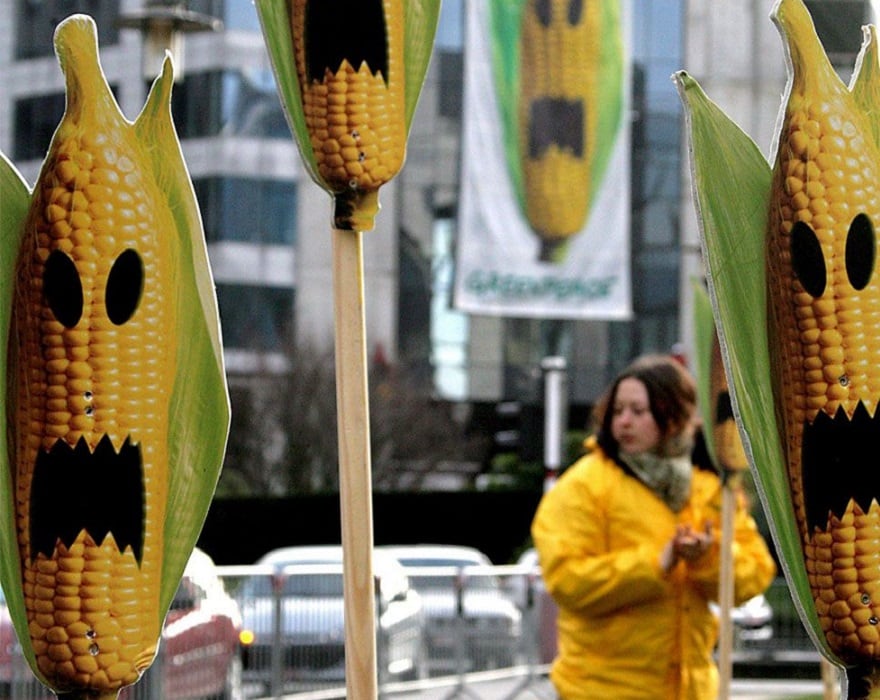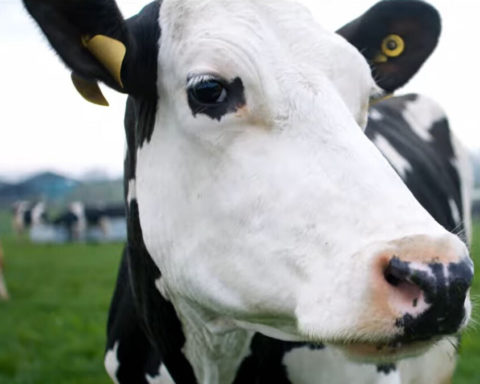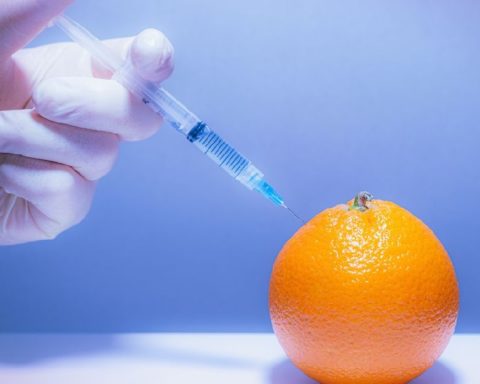Europe: 17% increase, but not everywhere
READ IN UP' : How Monsanto's GM cotton has become a scourge for farmers in Burkina Faso
READ IN UP' : How Monsanto's GM cotton has become a scourge for farmers in Burkina Faso



Already registered? I'm connecting
Register and read three articles for free. Subscribe to our newsletter to keep up to date with the latest news.
→ Register for free to continue reading.

You have received 3 free articles to discover UP'.





